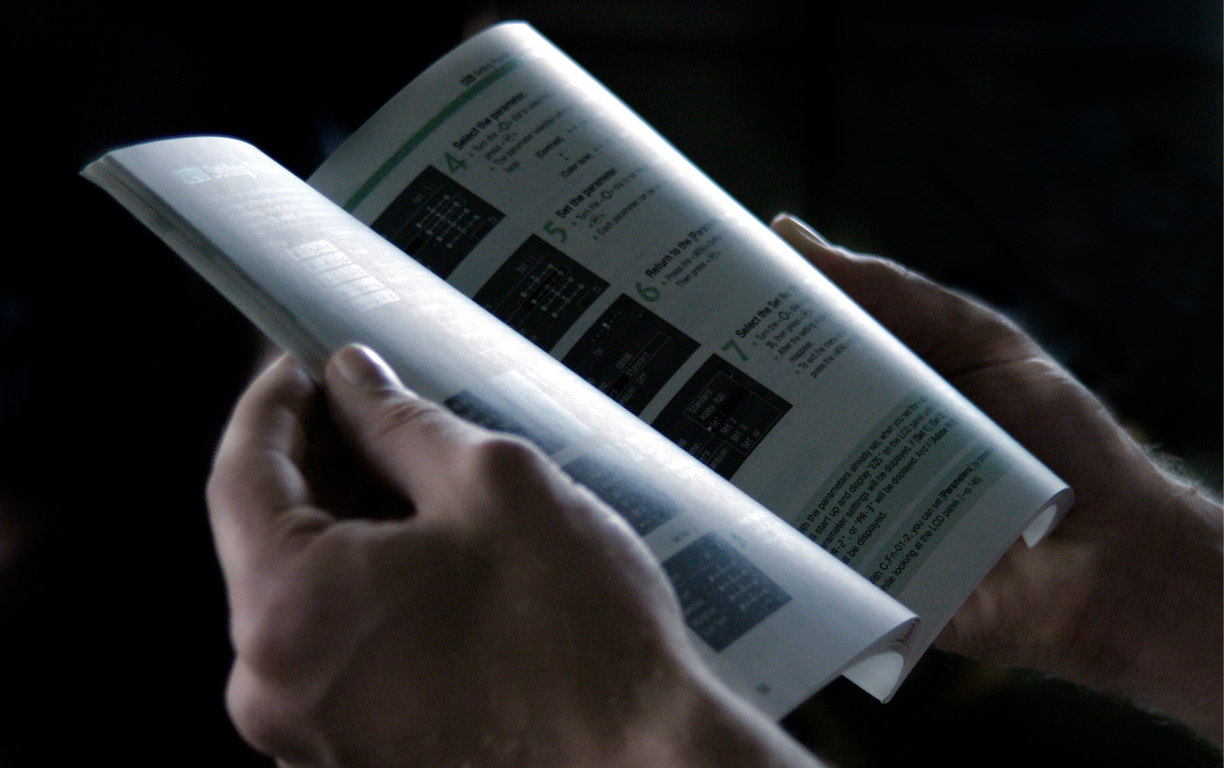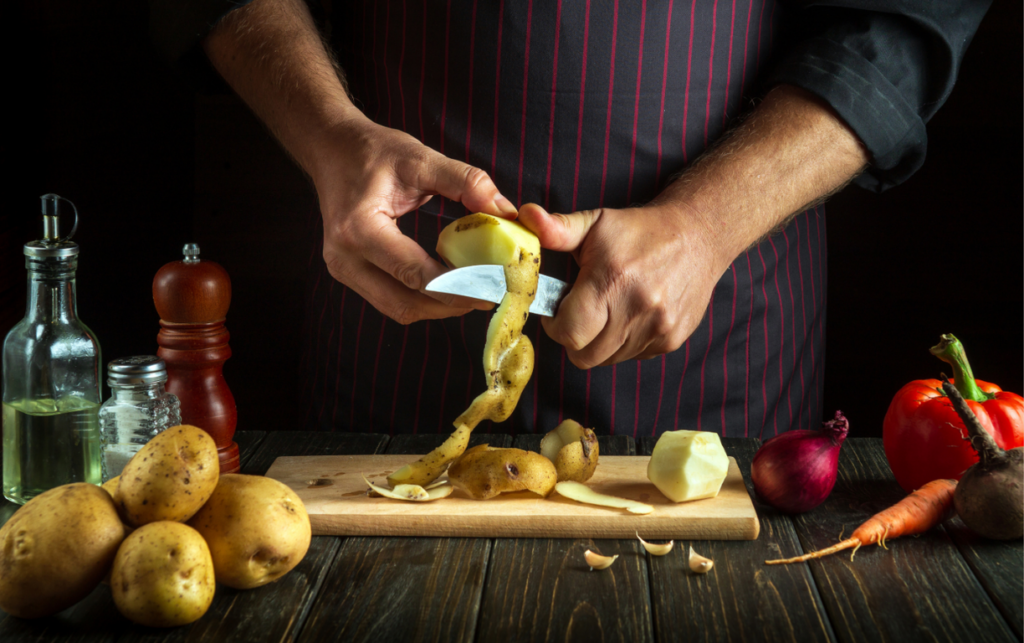Physical Address
304 North Cardinal St.
Dorchester Center, MA 02124
Physical Address
304 North Cardinal St.
Dorchester Center, MA 02124


Thinking about diving into the world of slow cooking? You’re in for a treat! Slow cookers offer a convenient way to prepare delicious meals with minimal effort. But before you start tossing ingredients into your new kitchen gadget, there are a few essential steps to take.
Preparing your slow cooker properly can make all the difference in your cooking experience. From understanding the settings to ensuring safety and cleanliness, these initial steps will set you up for success. Let’s explore what you need to do before using your slow cooker for the first time, so you can enjoy flavorful, hassle-free meals right from the start.
Preparing your slow cooker ensures a smooth cooking experience. Familiarizing yourself with the functionality and essential features enhances meal preparation efficiency.
You’ll encounter several types of slow cookers. Choose one that fits your cooking style and preferences. The main types include:
Prepare your slow cooker properly to ensure safe and effective cooking. Follow these essential steps to maximize your experience.
Clean your slow cooker before its first use. Remove any packaging materials or stickers. Wash the stoneware insert and lid using warm, soapy water. Rinse thoroughly and dry completely. Avoid immersing the appliance in water or putting it in the dishwasher unless specified by the manufacturer. Wipe down the exterior of the slow cooker with a damp cloth to remove any dust or residue.
Check the electrical components of your slow cooker before using it. Inspect the power cord for any fraying or damage. Ensure the plug fits securely into an outlet. Avoid using extension cords. Confirm that your outlet is functioning properly by testing it with another appliance. If any issues arise, consult a qualified electrician. Following these steps guarantees a safe cooking experience.
Selecting suitable ingredients plays a crucial role in achieving the best results in a slow cooker. Understanding how various ingredients interact during the cooking process enhances flavor and texture.
Choosing fresh, high-quality ingredients maximizes flavor in slow-cooked meals. Use lean meats like chicken breast, turkey, or cuts of beef like chuck roast. Incorporate colorful vegetables such as bell peppers, carrots, and zucchini for added nutrients. Choose grains like brown rice or quinoa that withstand long cooking times. Avoid ingredients that aren’t suited for slow cooking, like delicate greens or seafood, as they may become overcooked and lose their texture.
Prepping ingredients properly ensures even cooking and enhanced flavors. Wash vegetables thoroughly to remove dirt and pesticides. Cut ingredients into uniform sizes to promote consistent cooking. Sear meats before adding them to the slow cooker to lock in flavor, though it’s optional. Layer ingredients wisely, placing sturdier items like root vegetables at the bottom and meats on top to prevent overcooking. Taking these steps guarantees a delicious and well-cooked meal from your slow cooker.
Understanding cooking techniques is essential for maximizing the performance of your slow cooker. Proper methods contribute to delicious meals and an enjoyable cooking experience.
Layering ingredients in your slow cooker affects how evenly food cooks. Place dense ingredients, like root vegetables, at the bottom. These items take longer to cook and benefit from the heat generated by the slow cooker. Add meats next, as they require extended cooking time to become tender. Lastly, place softer vegetables, like bell peppers or tomatoes, on top; these will cook quickly and prevent overcooking.
Ensure consistency in ingredient size for even cooking. Cut vegetables and meats into similar sizes, allowing them to cook uniformly. Using this strategy enhances flavors, ensuring all components in your dish are perfectly tender and flavorful.
Time and temperature play a crucial role in achieving the desired results from your slow cooker. Most slow cookers offer low and high settings; use the low setting for longer cooking times (6-10 hours) and the high setting for shorter periods (4-6 hours). It’s essential to understand your specific slow cooker’s capabilities, as cooking times may vary.
Monitor the cooking process closely, especially with new recipes. Using a food thermometer ensures meats reach safe internal temperatures, preventing undercooking or overcooking. Refer to the manufacturer’s instructions for additional guidance on time and temperature settings for various ingredients, promoting safe and efficient cooking.
Getting started with your slow cooker can be an exciting journey. By taking the time to prepare and understand your appliance you’ll set yourself up for delicious meals with minimal effort. Remember to read the manual familiarize yourself with the settings and choose recipes that suit your taste.
With a little planning you’ll enjoy the benefits of slow cooking in no time. Embrace the process and let your slow cooker work its magic while you focus on other things. Happy cooking!

Slow cooking is a method of preparing food by cooking it at low temperatures over an extended period. This technique allows flavors to develop deeply and meats to become tender.
Slow cooking offers several benefits, including convenience, enhanced flavor, and healthier meals. The process allows for less supervision, promotes tender textures, and often retains more nutrients in the food.
Yes, you can cook a wide variety of foods in a slow cooker, including meats, vegetables, soups, and stews. However, some delicate items may not work well with this method.
To use a slow cooker, simply add your ingredients, select the desired heat setting (low or high), and cover the pot. Let it cook for several hours until the food is fully cooked and flavors meld.
Cooking time in a slow cooker varies by recipe, but it typically ranges from 4 to 10 hours, depending on the heat setting. Low settings take longer than high settings, but both yield delicious results.
Yes, slow cooking is energy-efficient. It uses less electricity than a conventional oven, making it a cost-effective cooking option. Plus, it doesn’t heat up your kitchen as much, which is especially beneficial in hot weather.
Meals that are hearty and benefit from longer cooking times, like stews, chili, and braised meats, work best in a slow cooker. Recipes that have tougher cuts of meat also become tender through the slow-cooking process.